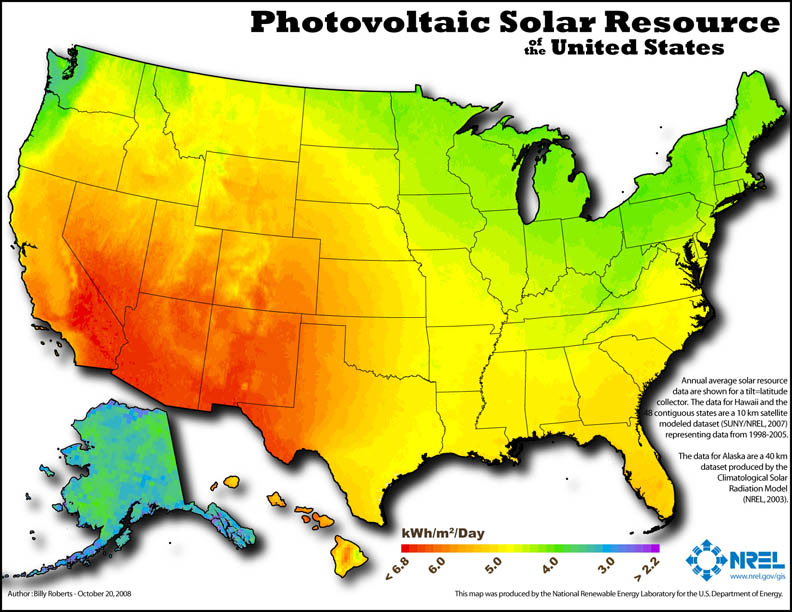forum
library
tutorial
contact

Electric Vehicles: Where
Will the Electricity Come From?
by Randy Suess
Wenatchee World, January 18, 2022
|
the film forum library tutorial contact |

|
Electric Vehicles: Where
by Randy Suess
|
The four lower Snake River dams only account for 7 percent of the regions electric output.
 Electric vehicles seem to be the wave of the future. One study suggests that by 2040, 60 percent of the cars will be electric. This begs one big question, “Where will the electricity come from?"
Electric vehicles seem to be the wave of the future. One study suggests that by 2040, 60 percent of the cars will be electric. This begs one big question, “Where will the electricity come from?"
Replacing gas and diesel as energy sources with electricity will put further demand on an ever-increasing short supply of electricity from traditional sources. Coal is on its way out and natural gas is threatened because of its carbon footprint. Nuclear power could be a reliable source, but it takes years to jump through all the regulations, and it is not very popular with citizens. Will wind and solar power be able to provide the additional amount of electricity to satisfy this growing demand? It is not likely, as the sun does not always shine and the wind does not always blow. Large scale battery storage has not reached the stage of supplanting these two sources in the near future.
One factor, which is often overlooked is that the demand for electricity changes throughout the day. One of the biggest demands is when people get up in the morning, prepare to go to work and get their kids off to school. The other large demand is in the evening when kids and parents get home, turn on their electric appliances, turn up the thermostat for heat or down for air conditioning. By evening, when it is dark, the solar option is gone. In the future this will also be the time when people plug in their electric car for charging.
Hydroelectric dams can account for the changes in demand by increasing or decreasing the amount of water through the turbines. This is not the case for solar or wind, and yet there are those who want to remove the dams on the lower Snake River.
Here is something to keep in mind, which many probably aren't aware of. Bonneville Power Administration (BPA) almost ran out of the needed electricity in March 2019 to supply the power needs in the Pacific Northwest. The sun was not shining, the wind was not blowing, and extra spill was going over the dams for fish passage instead of through the turbines. Yes, the four lower Snake River dams only account for 7 percent of the regions electric output. Even so, they produce 1,000 average megawatts of reliable, carbon-free energy. That's enough to power more than 800,000 homes or nearly 50 percent of eastern Washington. The power produced by these four dams could be the difference between rolling blackouts and providing the electrical needs of consumers.
Hydroelectric dams are a clean and green source of energy that is also renewable. No one wants to see the decline of salmon in the rivers. With recent changes in turbine design, fish weirs, and juvenile by-pass programs, it's been proven that dams and salmon do co-exist.
As more electric vehicles come on the market, consider if your home can handle the electric output needed to charge them. Most older homes do not have enough space in their electric panels and will need a certified electrician to handle the change. Also needed, will be wiring to a location close to your car. Level 1 chargers mean your car can just be plugged into any wall outlet, but they require many hours to fully charge the batteries. Level 2 chargers, which utilize 240 volts, can do the job in 3 to 5 hours. There are Level 3 chargers, which can charge the batteries in about an hour, but they are not traditionally found in homes.
Where will the lithium come from to build the batteries? China and Australia obtain lithium by processing igneous rock. South American countries extract lithium from brine water (lithium chloride salts).
Is there enough lithium available to satisfy this growing need for batteries? How long will the supply last? Currently only 5 percent of these batteries are being recycled and it is an expensive process.
Because of hydroelectric dams, we have some of the cheapest electric rates in the entire nation. We are not opposed to EVs, however it is imperative we fully understand the increased demand this will put on power supply in the area. We don't want to be left in the dark.
learn more on topics covered in the film
see the video
read the script
learn the songs
discussion forum
